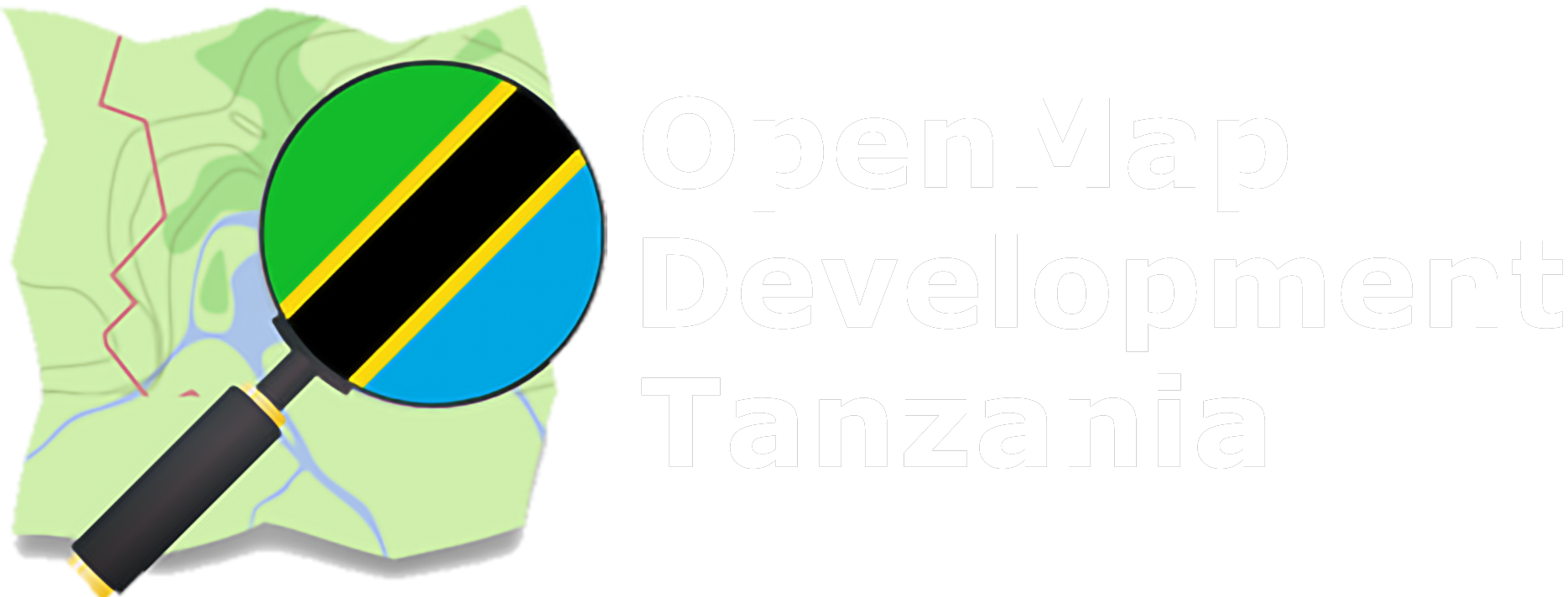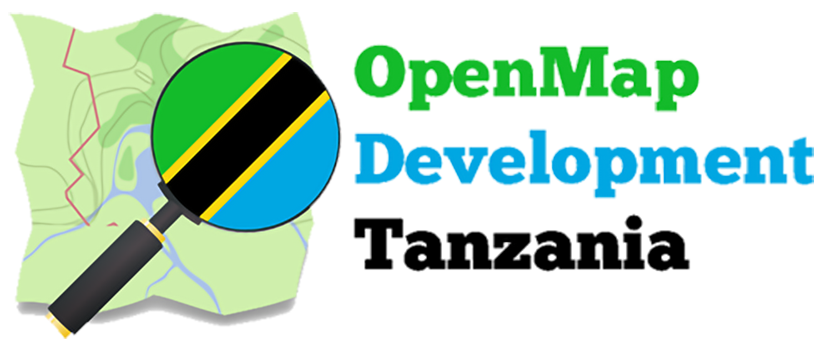Under the broad framework of the Tanzania Urban Resilience Program (TURP), Spatial Collective (SC) was commissioned to carry out the Community Mapping of Urban Risks in Mwanza. To complete the project, Spatial Collective partnered with the Humanitarian OpenStreetMap Team and OpenMap Development Tanzania. This assignment was intended to showcase how locally accessible, low-cost technologies can support resilience building and urban development planning through the production of high-quality spatial information. Specifically, the assignment was meant to train university students and government authorities in community mapping, to coordinate several community mapping engagements in pre-selected wards in Mwanza, and to produce up-to-date, open, and accurate data on exposure to floods and rockfalls, suitable for flood risk modeling and generating flood scenarios.
Seventy-nine students from the Institute of Rural Development Planning and the Saint Augustine University of Tanzania participated in a two-month-long industrial training program. During this period, they learned about the theoretical and practical aspects of community mapping, including the wide range of soft skills such as communication and community management which are critical in a practical work setting. By putting theory to practice, they, together with hundreds of community members, collected a series of disaster-related data touching on flood-prone areas, rockfall incidents, urban exposure, and drainage infrastructure. The work focused on two municipalities: Nyamagana and Ilemela.
Using a mixed-method approach which consisted of digitizing the satellite imagery, as well as mobile and GPS field data collection, community consultations, and stakeholder meetings, the project collected: more than 300,000 buildings using satellite imagery, more than 15,000 points on flood- prone areas, 800 rockfall-prone areas, and more than 80,000 points on urban exposure using mobile phones. In addition, more than 1,500 drain segments with 177 km of drainage lines, 3,113 drainage-related points, and 1,328 elevation points have been mapped using a combination of mobile phones and Do It Yourself Real-Time Kinematic (DIY RTK) GPS.
After several months of fieldwork, the students gained fundamental knowledge in setting up community mapping projects. Subsequently, the datasets produced will benefit both Mwanza’s local authorities and other stakeholders in infrastructure improvement projects. Finally, the project highlights the potential of innovative technologies paired with local capacity building, to provide stakeholders with timely and accurate information.

